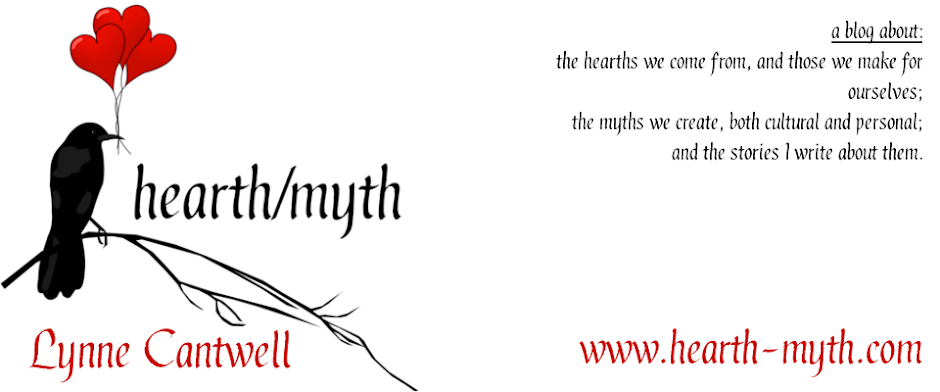The Wheel of the Year turns, as ever, and so tomorrow is Samhain -- known as Halloween to most, and as New Year's Eve to many Pagans. Samhain is the final harvest, both of the growing season and of our personal goals for the year.
I'm not sure why, but I find that I'm welcoming the encroaching darkness this year. I waited 'til mid-October to put up my Halloween/Samhain/Día de los Muertos decorations, and for some reason, seeing them in their proper places cheered me up immensely.
I've added something new this year, too -- a mutant maple tree.
 |
| Lynne Cantwell 2022 |
So yes, lighting the darkness seems to be a theme for me these days.
Back in September, I was chatting with a group of women and the topic of Zozobra came up. This is an annual Santa Fe tradition in which people pay to put a "gloom" -- a thing they'd just as soon get rid of -- inside a massive marionette, which is then set afire right before Labor Day. One of the women said she'd thought about putting in a serious gloom, but all she could think of was to ask to banish her shadow side, which she didn't want to do.
Well, yeah, of course not. The idea is not to get rid of your shadow side, but to integrate it into a whole self. The way to heal is to shine a light on the stuff that you've hidden away in the dark. But it's not a bad idea, I think, to keep some of the shadowy parts of your personality in reserve. That way you can draw on them if someone crosses you or tries to take advantage of you. But first, you need to know those shadowy parts are there and what they're capable of; that's what the light is for.
And anyway, there are plenty of gloomy things you can have Zozobra burn up for you -- mass shootings, COVID-19, student loan debt, the war in Ukraine, homelessness, world hunger, and on and on -- without giving up any of your power.
Now that's what I call lighting the darkness.
***
I keep meaning to post an update on my fling with carbon steel cookware. Now is as good a time as any, I guess.
I must have bought my carbon steel frying pan about a year ago, because that's when I first blogged about it. I'm still using it, but I'm not as entranced with it as I was when I first got it. First, I can't cook anything acidic in it or it'll take the nonstick patina off -- which means using chunky salsa as an omelet filling is a no-no. Second, it seems like the only way I can get the pan to be truly nonstick is by using bacon grease -- but actually cooking the bacon in the pan is a problem because the bits of leftover bacon in the grease stick to the pan. So I'm frying my bacon in a regular nonstick pan and pouring some of it into the carbon steel pan to make my eggs. Oh, and third, this particular pan has a hot spot in the center where it seems like stuff sticks no matter how much bacon grease I use.
Might eventually toss this pan and just get a frying pan without the nonstick coating. Or else resign myself to buying a new nonstick pan every year or two.
***
These moments of bloggy illumination have been brought to you, as a public service, by Lynne Cantwell. Blessed Samhain! Happy Halloween! Don't forget to vote!





